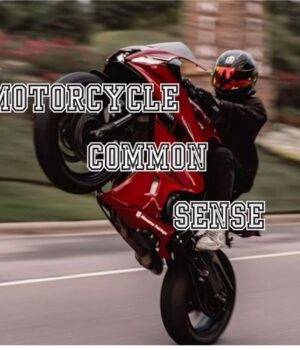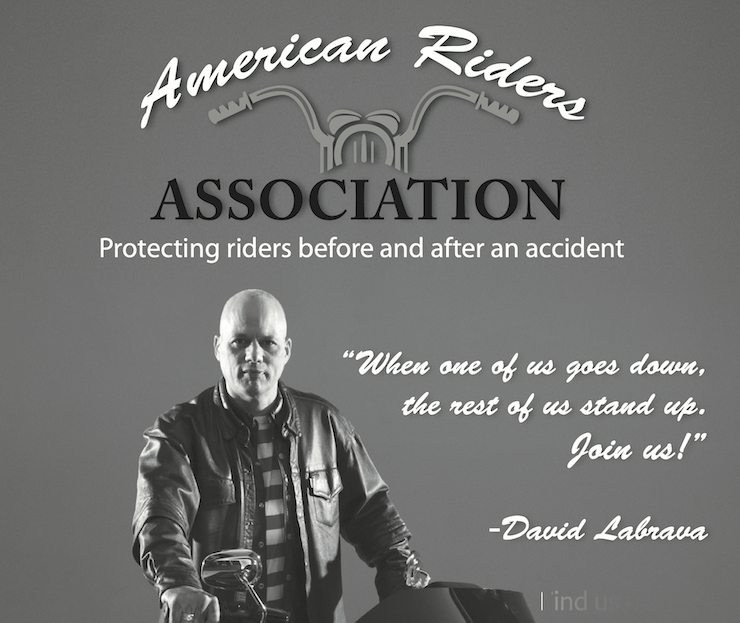Have you checked out the signs plastered along Ohio’s interstates—“KEEP RIGHT EXCEPT TO PASS.” Sounds like lane hogging is illegal, right? Yeah, not so fast.
Some states have laid down the law, making it an actual offense to clog up the fast lane when you’re not passing. And let’s be real—blocking the passing lane is more than just an inconvenience; it’s a straight-up crime against the open road. To many (including some lawmakers), it’s a sign of our culture’s decay. There oughta be a law!
But of course, you’ve got the stubborn lane squatters who plant themselves in the left lane like they own it, causing backups, frustration, and road rage. They claim it’s their “right” to cruise there for miles, ignoring the chaos they leave in their wake. Well, guess what? In more and more states, they’re dead wrong.
Here’s the deal: Every state lets you use the left lane to pass. Most say if you’re slow and not passing, get over. Some (10) lay it down hard—left lane is for passing only. Others (6) say if you’re clogging up traffic, move right. The majority (29) follow the Uniform Vehicle Code, meaning if you’re slower than the flow, stay right. And then there’s a handful (5, including Ohio) where, somehow, you can legally coast in the left lane like a clueless chump as long as you’re at the speed limit.
Ohio’s got one of the weakest “keep right” laws in the country. In most states, if you’re in the left lane with cars stacking up behind you, you better be actively passing at more than a crawl. That’s right, you can (and should) speed up to complete the pass. If you can’t? Then you get over. Just cruising in the passing lane like it’s your personal highway? That’s illegal.
But here’s the kicker—these laws barely get enforced. Cops love busting speeders, but left-lane squatters? They get a free pass way too often. And speaking of “hogs,” did you know Harleys got their nickname because the big old full-dresser models were once called “lane hogs”? Yeah, the term stuck, much to the dismay of Harley execs back in the day. But I digress…
Now, while “keep right” laws are meant to keep traffic flowing, they also give cops an excuse to pull people over. Law enforcement has been known to use them as a pretext for traffic stops, looking for bigger fish to fry. On the flip side, a judge in New York once ruled that he wouldn’t convict a driver for blocking speeders—basically saying, “Tough luck, leadfoots.”
Most states follow the Uniform Vehicle Code (UVC), which says if you’re driving below the normal speed of traffic, stay in the right lane. Key word? “Normal speed.” That means even if you’re over the speed limit but slower than most traffic, you’re still in the wrong.
On the open road, the left lane isn’t your personal cruising strip—it’s the passing lane. The right lane? That’s the travel lane, meant for regular cruising. When you’re on a three-lane highway, the setup stays the same:
- Far-left lane = passing lane (for overtaking only, not for coasting)
- Middle lane(s) = travel lane(s) (your steady cruising lanes)
- Far-right lane = entry/exit lane (where speeds fluctuate as drivers merge in and out)Think of it as a speed hierarchy—right to left, slowest to fastest.
So, which lane is safest?
Well, that depends:
- Left lane: It’s the fastest-moving, which might sound risky. But since it’s often less congested, you might have fewer chances of someone cutting you off.
- Middle lane: You’re surrounded—cars on both sides. Sounds sketchy, but you’ve got more space to react. If danger hits from one side, you might have a way out.
- Right lane: It’s the slowest and sees the most action—people merging, exiting, and sometimes crawling below the limit. That unpredictability can make things messy.
The rule on the books (ORC 4511.25) only says if you’re moving slower than the prevailing speed, you gotta stick to the right and let faster traffic pass. That’s basically the old-school “Slower Traffic Keep Right” rule, which has been around since 1926—back when roads barely had lanes, and drivers just kinda moved over when someone faster or oncoming needed to get by.Over time, as roads got better, faster, and more structured, the stay-right rule evolved separately from the basic “drive on the right” rule. But at its core, it’s the same idea: if you’re slow, get outta the way.Next time you’re hogging the passing lane, stacking up cars behind you, the cops probably won’t pull you over. But do you really wanna be that guy? Skirting custom, ignoring road courtesy, and slowing everyone else down?Nah, didn’t think so. Stay right, ride fast, and don’t be a rolling roadblock.











